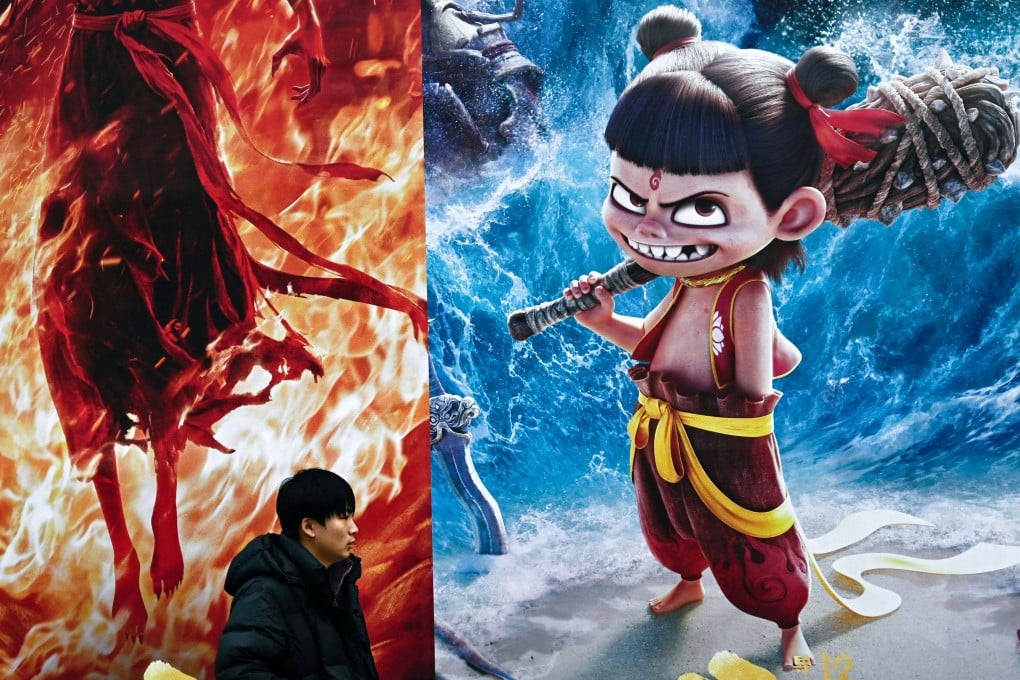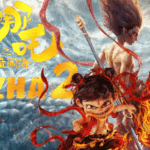The Modern Reimagining of Nezha in Japanese Media
Nezha, the rebellious deity from Chinese mythology, has found new life in contemporary Japanese media, particularly in manga and anime like Soul Hunter. While rooted in Buddhist and Taoist lore, his character has been reinterpreted to resonate with modern audiences—blending tradition with fresh narratives. This article explores how Japan’s pop culture adapts Nezha’s mythological essence while infusing him with new thematic depth.
Nezha’s Mythological Roots and Japanese Adaptation
Nezha’s origins lie in ancient Chinese texts like Fengshen Yanyi, where he is a divine warrior with a fiery temper, embodying both Buddhist compassion and Taoist martial prowess. In Japanese versions, his core traits—youthful defiance, supernatural abilities, and tragic past—are retained but often reshaped to fit modern storytelling tropes. For instance, Soul Hunter reimagines him as a flamboyant yet tragic hero, emphasizing his struggle with identity and destiny rather than strict religious allegory.
- Buddhist Influence: Retains themes of redemption and enlightenment, but often framed through personal growth rather than religious doctrine.
- Taoist Elements: His celestial weapons (e.g., Wind Fire Wheels) are visually spectacular but sometimes recontextualized as futuristic tech.
- Cultural Hybridity: Nezha’s design may incorporate visual cues from Japanese kami (spirits) or shonen anime archetypes, creating a fusion of East Asian mythos.
Nezha as a Symbol of Modern Rebellion
Beyond mythology, Nezha’s reinterpretation in Japan reflects contemporary themes. His defiance against authority aligns with shonen protagonists who challenge societal norms, while his tragic backstory echoes modern antiheroes. Series like Fate/Grand Order cast him as a gender-fluid or androgynous figure, subverting traditional roles and appealing to diverse audiences. This evolution highlights how Japanese media repackages ancient symbols to explore identity, freedom, and resilience.
- Youthful Rebellion: Nezha’s defiance is often framed as a critique of rigid systems, resonating with younger viewers.
- Gender Fluidity: His ambiguous appearance challenges binary norms, reflecting Japan’s evolving discourse on identity.
- Universal Themes: His struggles with destiny mirror existential questions in postmodern narratives.
Conclusion: Nezha’s Enduring Legacy in a New Era
From his origins in Chinese legend to his dynamic reinvention in Japanese media, Nezha’s journey exemplifies how mythological figures transcend borders and time. By blending Buddhist-Taoist motifs with modern sensibilities, anime and manga offer a fresh lens on his story—one that honors tradition while speaking to today’s audiences. Whether as a warrior, a rebel, or a symbol of fluid identity, Nezha’s adaptability ensures his relevance in global pop culture.


